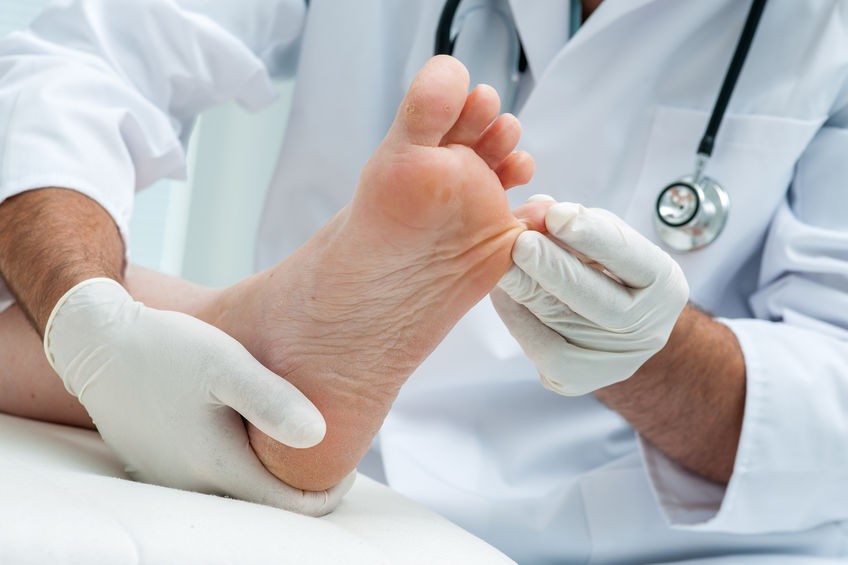Our feet – every day, our feet take us from one place to the next. According to the Australian Podiatry Association in 2020, 31% of Australians think about their feet only when it hurts.
If this is the case, you may not give them much thought until they cause you pain. To get the treatment you need, the first thing to do is to try to understand the problem.
In this article, let’s talk about foot pain and DIY tips to take care of your feet.
Foot pain and its causes
Foot pain can be caused by a number of factors. It may be caused by an issue with your feet, such as muscle imbalances, ineffective training strategies, or inappropriate footwear, among other things.
Common musculoskeletal conditions of the foot include flat feet, high arches, cavus foot and plantar fasciitis.
DIY tips to take care of your feet
These are some of the tips we recommend to take better care of your feet:
- allow your feet to rest especially once you get home
- stretch the muscles in your feet and heels
- wear shoes with a cushioned sole and strong arch support
- wear custom-made inserts (called an orthotics) in your shoes
- wear shoes with a good fit and shock-absorbing soles
- get a foot massage
- ask your doctor about over-the-counter medication for foot pain relief.
Who can help you with foot pain treatment?
If you’ve tried these tips and the pain still persists, you may consult your doctor about what you can do to address the pain. Observe the symptoms and contact your doctor if you still have foot pain after a week.
Your doctor or GP may recommend you to a chiropractor or a podiatrist.
What an appointment with a doctor looks like
Once you have an appointment, your doctor may check irregularities in your foot and leg movement. The doctor may also ask about your exercise routine and footwear you use, while diagnosing and treating foot pain.
They may press on different regions of your foot to understand where and why you are experiencing pain. They may also request that you walk and perform exercises such as rolling your foot to assess your movement.
To check for tendonitis, your doctor may ask you to flex your foot downwards and then resist pulling your toes up.
If your doctor detects a broken bone, sprain, or fracture, an X-ray of the foot will be ordered.
Your doctor may also order the following tests:
- blood tests to detect specific illnesses such as gout
- an MRI to check for possible injury.
Lastly, they may recommend custom made orthotics. If the condition persists, a cortisone injection or surgery may be required. However, the majority of patients with foot pain do not require injections or surgery.
To sum it up…
The majority of causes of foot pain may be treatable. However, they must be addressed before the pain and injuries get worse.
If you feel pain in your foot, try the tips we mentioned above. If home remedies do not seem to be working after a few days, you may consult your doctor or local health practitioner.
Otherwise, practice foot care if only to maintain healthy feet!








